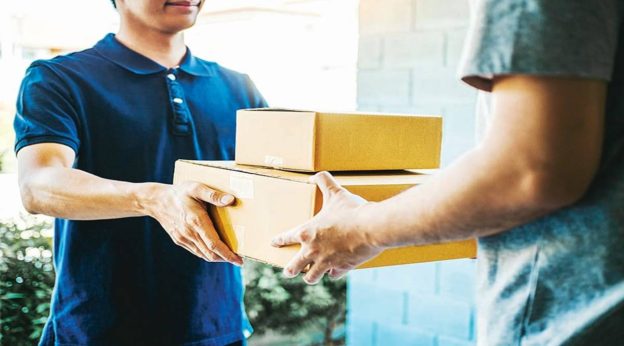Today, India’s 1.8 billion mobile connections and 700 million internet users have ushered in the e-commerce revolution which has given us EdTech, e-grocery, online streaming, cloud computing, fintech, gaming, internet messaging, and social media.
Hyperlocal delivery has become one of the most desirable terms since the outbreak of the pandemic due to the emergence of e-commerce businesses. The hyperlocal marketplace model or on-demand delivery model has become a rage as it offers both efficacy and suitability simultaneously to the consumer and the seller. As the growth of mobile technology continues creating opportunities, we look at some of the most promising offerings.
In 1994, when India granted telecom licenses, no one expected the move would be a game-changer. Today, India’s 1.8 billion mobile connections and 700 million internet users have ushered in the e-commerce revolution which has given us EdTech, e-grocery, online streaming, cloud computing, fintech, gaming, internet messaging, and social media. The future for mobile technology in the country looks brighter than ever before. And there is surely a lot on offer. Here’s a lowdown of the best.
- Hyperlocal Discovery2Deliveries
The lockdown shut everything and confined people to their homes. So, how do you meet the requirements of someone, who is used to picking up daily essentials from a neighbourhood store within minutes? Enter hyperlocal Discovery2deliveries, which meant your order, from your geographical area, reached you within minutes. The model isn’t new but has more than doubled during the pandemic according to studies.
The market share of hyperlocal delivery services is estimated to touch $3,634.3 billion worldwide by 2027. Quick commerce and Ecommerce companies using this model are likely to gain traction in the demographics and psychographics of their customers. Large e-commerce players will enter the segment and penetrate smaller locations. Delivery of apparel, cosmetics and alcohol is also likely. The model will help retail businesses expand online and utilise new technologies to increase their customer reach. Acquiring retail stores, diversifying to rural areas and collaborating with aviation companies to build delivery drones are also possibilities.
- IoT Connectivity
The concept is about providing unique identifiers and tracking objects, people and even animals without any intervention from humans or computers. Analysts have predicted that the number of IoT devices will triple to 24.1 billion by 2030. Future IoT applications will be brought to life through human-to-machine interactions. But bringing future IoT to life will require close collaboration between the IoT- and network platforms. In Retail per say the logistics and inventory mapping will be transformed by eliminating human errors.
- Low Latency Connectivity
Latency is the time taken by the internet to get from point A to B. Reduced latency can lead to better communication between connected devices. Ultra-low latency is bound to transform the way people work. It will make cloud services and applications more responsive and productive, help businesses reduce employee downtime and allow almost instant access to files and information. For businesses such as construction and those that deliver products, it will help monitor, identify and fix technical issues instantly.
- Augmented Reality and Virtual Reality
Augmented reality allows shoppers to virtually try on, personalise or visualise products such as clothing, shoes, makeup and furniture. AR will help e-commerce sites offer the best possible experience to an average buyer. Like the iPhone 12, other devices are likely to adopt LiDAR, which will bring in more realistic creations on a phone. VR headsets will incorporate hand detection and eye-tracking technologies. Full-body haptic suits may get more affordable to most users, thereby giving users of VR yet another reason to smile.
- Advanced robotics
In the west, more and more businesses are using software-powered robotic arms to sort clothing parcels, pack bread and pick electronics and consumer products from larger bins to prepare orders for delivery. Food delivery start-ups like Postmates, Doordash and Just Eat have adopted this technology. The logistics robotics market is expected to reach $15.58 billion by 2026. More robots will continue to be deployed, especially in intralogistics and services. Bin picking will go mainstream and the price of sensors and other robot hardware will come down.
M-commerce, fuelled by new technology, will thrive in the future. It already accounts for 73% of the e-commerce market worldwide. Social commerce, voice shopping, instant apps, geofencing, virtual reality apps, progressive gestures will gain more users. The possibilities are endless. Just keep your eyes and ears open.
https://www.financialexpress.com/industry/technology/mobile-growth-is-shaping-new-opportunities-for-hyperlocal-deliveries/2428712/





